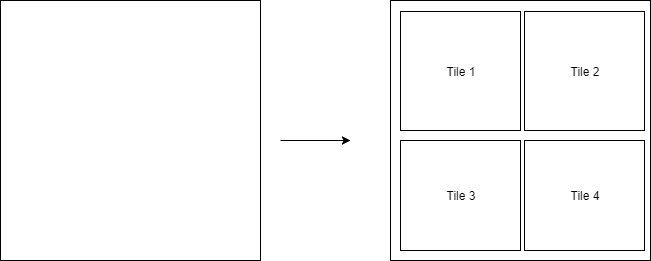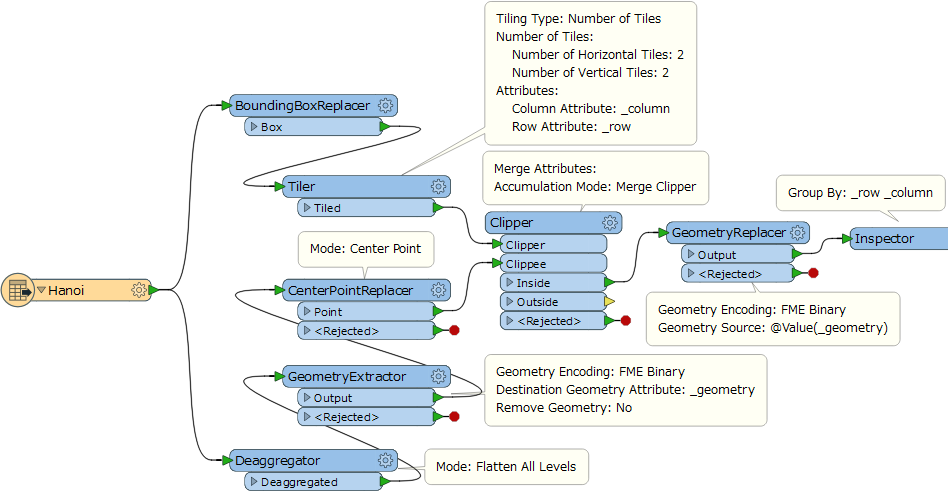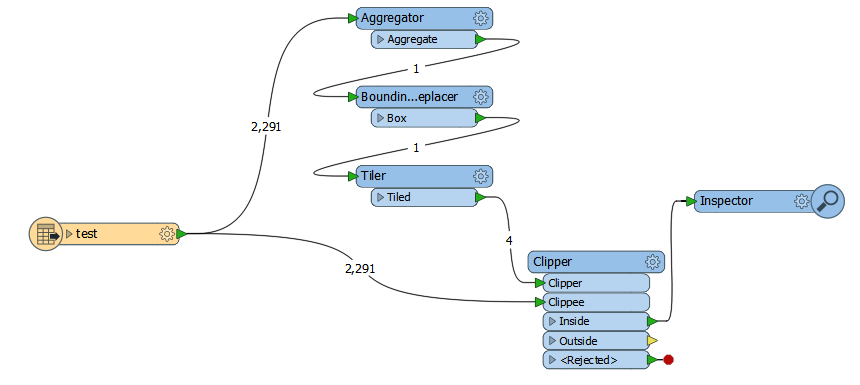Hi,
I'm currently using FME 2017.1 Smallword Edition. My problem is that I'm trying to convert Collada data to Cesium 3D-tiles and I don't know how to specify the coordinates to separate the large input data into small tiles.

The image is how I want to tile my dataset.
Here's the Collada data.http://bit.ly/2DhOxID
Is there any solution?
How to create 3D-Tile data in popular way?
If anyone knows the answer, please let me know.
Thank you very much
PA
Best answer by takashi
View original










